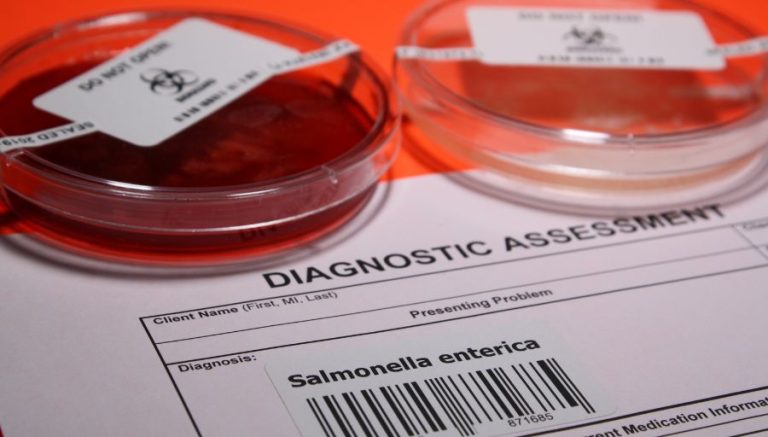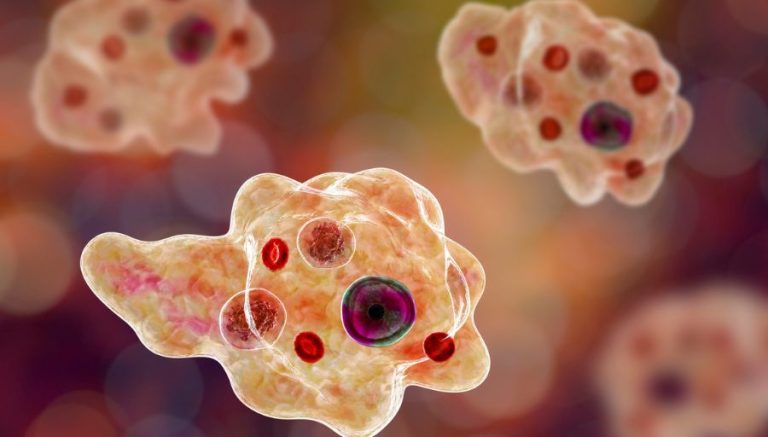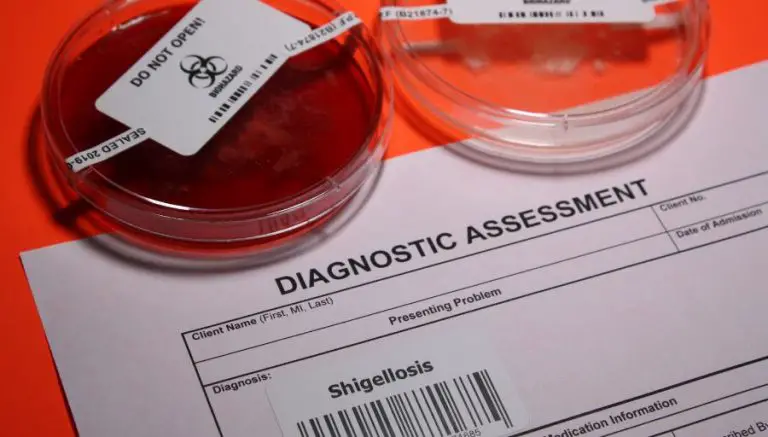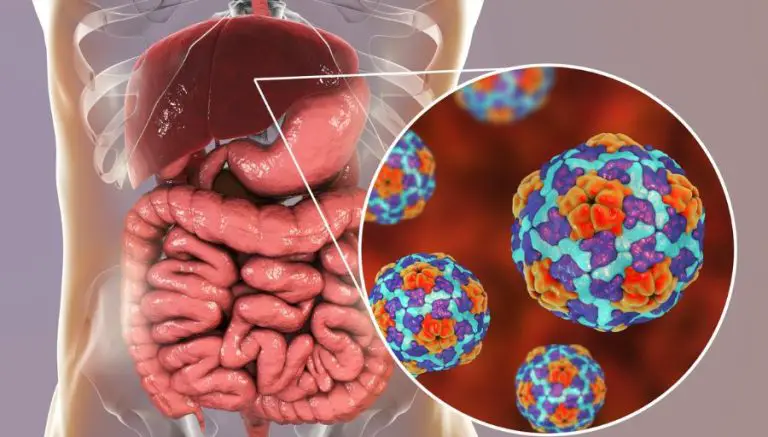Vestibular Papillomatosis | Causes, Symptoms & Treatments
Vestibular Papillomatosis are small, skin-like bumps or papillae on a woman’s vulva or around the labia minora.
Most doctors believe that this unusual condition is a variation of the normal anatomy of a woman’s vulva and not an abnormality or disease.
It is essential to know that it is not a sexually transmitted disease (STD). You can’t catch them or pass them on to someone else.
What Is Vestibular Papillomatosis?
There are no known causes for these little lumps. Specialists claim these small bumps are just an everyday anatomical occurrence in some women’s vaginas.
They are neither cause for medical concern nor contagious or harmful to the woman.
There is still much debate about whether Vestibular Papillomatosis is caused by the human papillomavirus (HPV) associated with cervical cancer.
Some doctors believe you are at a higher risk of developing this condition if you have the virus, but there is no good evidence. However, most studies have shown that this is not true.
This condition is not caused by sex or poor hygiene. Keeping the vaginal area clean can help prevent it from getting worse. Using harsh soaps or scrubbing the affected area too roughly can worsen the condition.

Vestibular Papillomatosis Photos
As you can see from the photos below, they look like small, smooth, skin-colored lumps on the vulva. The lumps are round and wart-like and can be extended.
They measure about 1 to 2 millimeters in diameter. They are soft, so they are not painful or tender.


Vestibular Papillomatosis VS Warts
It is essential to know the difference between vestibular papillomatosis and warts. Due to the way Vestibular Papillomatosis looks, some doctors misdiagnose it as genital warts.
However, there is a clear difference between Vestibular Papillomatosis and genital warts. For example, in some individuals, the Vestibular Papillomatosis papillae are separated at the base, unlike warts, which are connected at the base.
People with Vestibular Papillomatosis will unlikely have any other symptoms.
Genital warts are small growths that occur on the skin of the genitals, including the anus, cervix, and vulva. About 360,000 people in the United States get genital warts each year.
In comparison, Vestibular Papillomatosis is usually confined to the vulva, the inner labia, and the vaginal introitus (the vaginal opening). People with genital warts may also experience itching and unusual excretions.
Certain types of HPV infections cause genital warts; they can be contagious and spread through sexual contact.
Genital warts alone are not dangerous. They do not come from the same type of HPV associated with cervical cancer.
Treating genital warts can reduce the likelihood that a person will pass the virus on during sex. Some people also opt for treatment when the warts become uncomfortable or unsightly.
Treatment options for genital warts include chemical removal, a prescribed ointment, cryotherapy, electrocautery, or loop electrosurgical excision procedure (LEEP).
These treatments are quick and do not cause permanent pain. In the case of Vestibular Papillomatosis, however, treatment is not necessary and can cause discomfort.

Pregnancy
Vestibular Papillomatosis in pregnancy is a benign condition often caused by the hormonal changes your body is going through.
They will often go away by themselves. However, it is essential to consult your doctor to rule out genital warts. Genital warts can cause difficulties during childbirth, so pregnant women should seek treatment and get a diagnosis.
Suppose the doctor has diagnosed you with genital warts towards the end of your pregnancy. In that case, they may prefer you have a cesarean section instead of a natural birth to avoid complications.
Diagnosis
It can be diagnosed very early. This means that your doctor can diagnose by talking to you about the bump and carrying out an examination.
Most doctors know enough about the condition to diagnose it correctly, but many do not.
It is often wrongly diagnosed as genital warts. If your doctor is unsure of the diagnosis, a biopsy of a small piece of one of the papillae may be performed.

Vestibular Papillomatosis Treatment
This condition is not a disease or abnormal and in no way dangerous. As such, there is no need for treatment.
If a doctor looks at the characteristic features under a microscope, they can make a confirmation.
The appearance of the lumps should fade with time and correct itself, but many women do not like their looks, so they choose to have them removed.
Removal can be done with a few methods, including laser treatment. Talk to your doctor or dermatologist about removal options.








